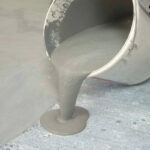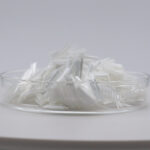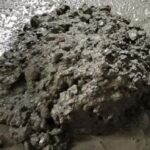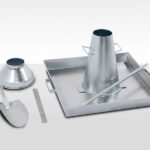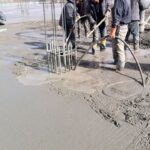Do you know how to choose and use admixtures?
Concrete admixture is a chemical material used to improve the performance of fresh concrete or hardened concrete. Commonly used concrete admixtures include: water reducer, retarder, early strength agent, air entraining agent, accelerator, waterproof Rust inhibitor, etc. Admixtures can be divided into four categories according to their functions: one is the admixture for improving the concrete mixture and rheological properties; the other is the admixture for adjusting the setting time and hardening performance of concrete; the third is the admixture for improving the durability of concrete; four It is an admixture to improve other properties of concrete. The admixture used by concrete enterprises is an admixture made of multiple components. Due to the composite nature of the product, it often brings some problems to users. How to choose and scientifically use the admixture is as follows:
1.Fully understand the characteristics of each component of the admixture
A certain admixture usually only plays a major role in a single aspect, and it is difficult to fully meet the strength, durability, workability and other requirements of concrete, which requires the use of two or more different types of admixtures. In order to achieve the effect of 1+1≥2, it can meet the needs of concrete performance.
The admixtures used by concrete production enterprises are generally based on water reducing rate and compound products such as retarders, air-entraining agents, water-retaining agents, and thickeners. Function and characteristics, which are the prerequisites for the correct use of admixtures. For example, the retarder component not only plays a role in retarding the setting of concrete, but also appropriately increases the water reduction rate and prolongs the slump loss, but excessive use of the retarder can easily cause concrete bleeding, and in severe cases, serious retardation; Air-entraining agent can improve the frost resistance, durability and fluidity of concrete, but too much air-entraining agent will reduce the strength of concrete; the thickening component in admixture can improve the cohesion of concrete, It can reduce the bleeding of concrete, but if the dosage is too large, the fluidity will decrease.
2.Pay attention to the compatibility testing of admixtures
In the process of concrete production and construction, it is necessary to fully consider the combined action of admixtures and other raw materials, mix ratios, climate and construction conditions to prepare concrete that meets performance requirements. In fact, many problems with concrete mixtures are more or less related to the compatibility of admixtures and other raw materials. For example, abnormal phenomena such as segregation, bleeding, excessive bubbles, rapid slump loss, abnormal setting time, etc. in the concrete mixture are mostly caused by poor compatibility of some components of the admixture with the cementitious material. of.
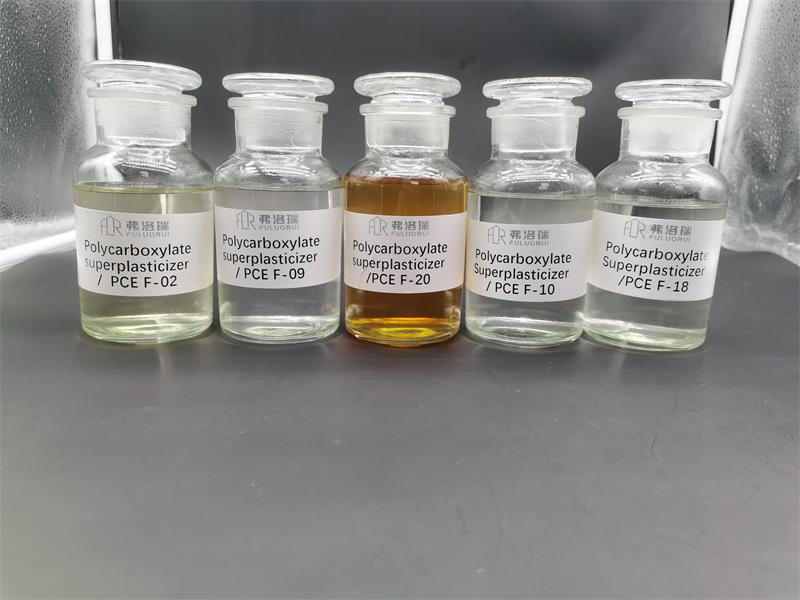
The dosage of concrete admixtures is expressed as the percentage of the admixture quality in the total mass of cementitious materials in concrete. During the use process, the dosage of admixtures is not static. When the quality of other raw materials changes, the dosage of admixtures and concrete mix The ratios should be adjusted accordingly. Generally speaking, the water-reducing rate of the admixture increases with the increase of the admixture dosage. When the dosage reaches the saturation point, if the dosage is increased, the water-reducing rate index will no longer increase significantly. However, the excessive use of other components of admixtures, such as air-entraining and retarding components, will cause certain negative effects on concrete.
3.Strictly control the quality of admixtures
Strict control of the quality of admixtures is the premise and basis for rational use, and the inspection of admixtures on site should be carried out in accordance with the indicators agreed in the contract. First of all, the quality of the admixtures entering the site should be strictly checked. Secondly, when admixtures enter the field, they should be strictly inspected, and products that do not meet the quality requirements are strictly prohibited from entering the tank. Third, after the admixtures enter the site, they should be classified and stored according to the variety, with clear identification, so as to avoid engineering quality accidents caused by confusion and mistakes of different varieties of admixtures. Fourth, there are two main testing methods for admixture testing, one is the cement paste method and the other is the concrete method.
When there are discrepancies in the test results of admixtures, such as the water reduction rate of concrete fluctuates greatly, the qualified samples of past admixtures should be taken out for comparison, and the raw materials that have changed are admixtures or other raw materials.
4.the determination and application of admixtures
When the amount of admixture is too large, the concrete will show segregation, bleeding, and bottoming. If the water is reduced to prevent the concrete from bleeding, the strength will be high. If the amount of admixture is too small, the slump will be too small. By adding water, the fluidity of the concrete is suitable, and the strength of the concrete is low.
Different strength grades of concrete have a suitable amount of admixtures, so that the slump and strength are just right.
In the control of concrete production, adjusting the admixture dosage is a very important task. The factors affecting the adjustment of the admixture dosage often change with the change of raw materials, different engineering parts, and environmental changes.
The above experience is for reference only, to prevent the occurrence of quality accidents, and encounter quality problems, we can quickly find the cause, prescribe the right medicine, and quickly solve the problem. Also note that when adjusting the admixture dosage, other raw materials may also be adjusted.


